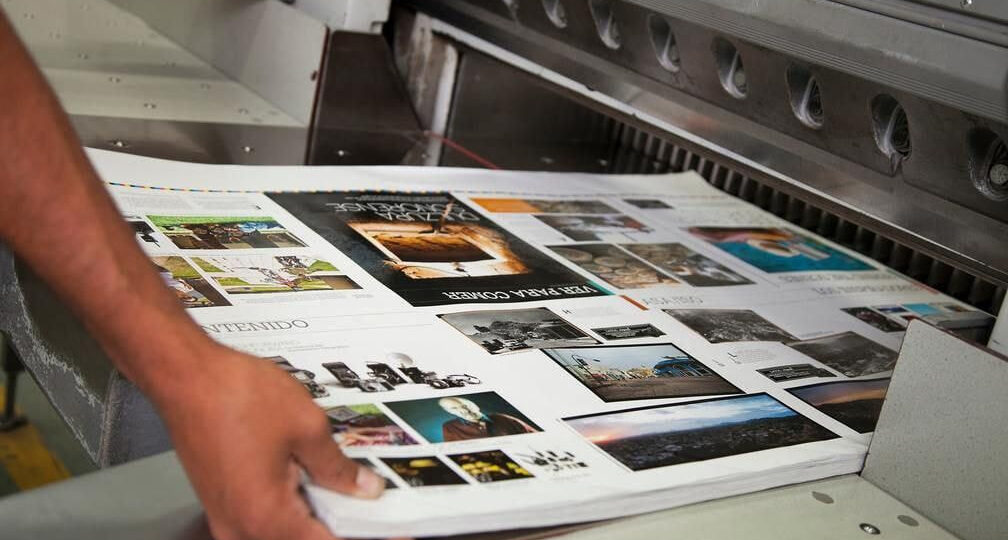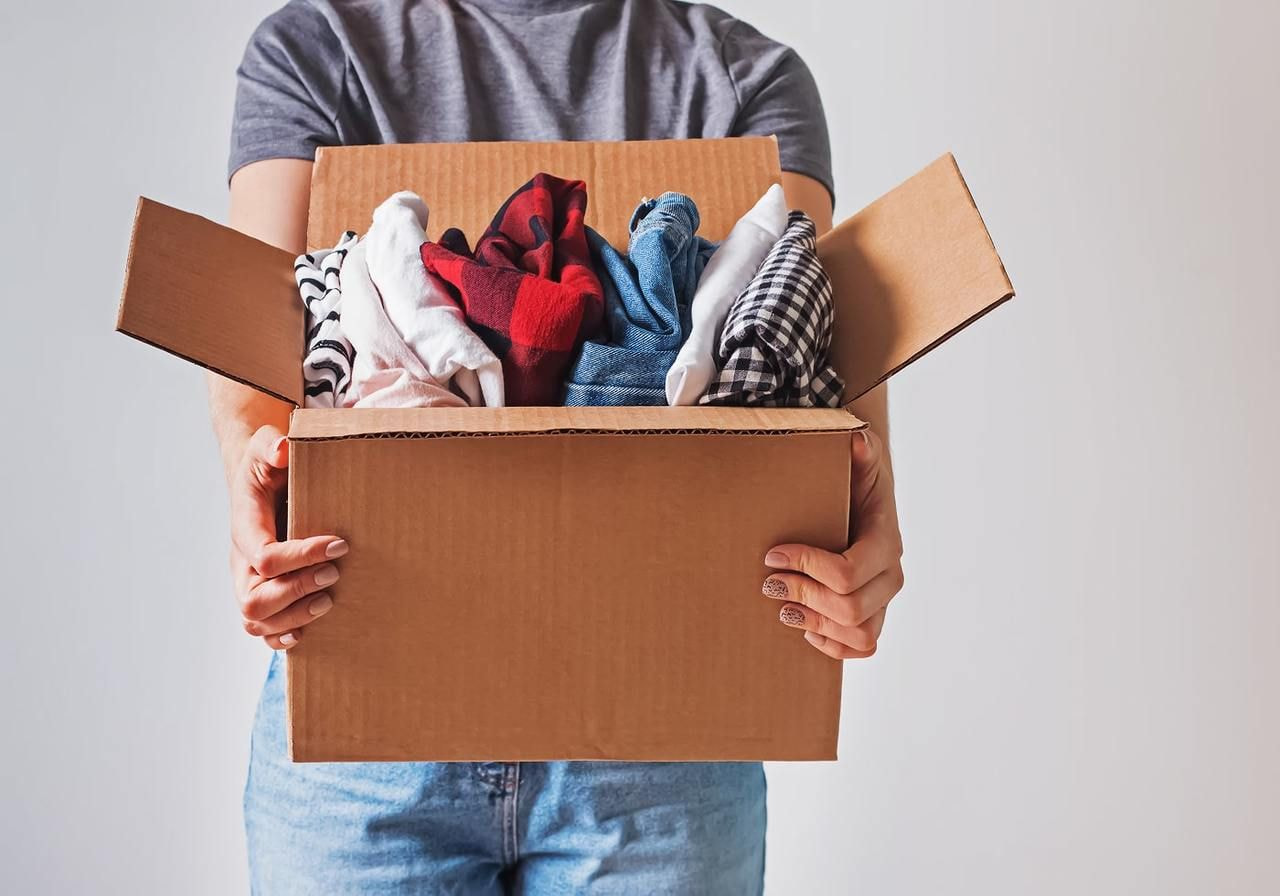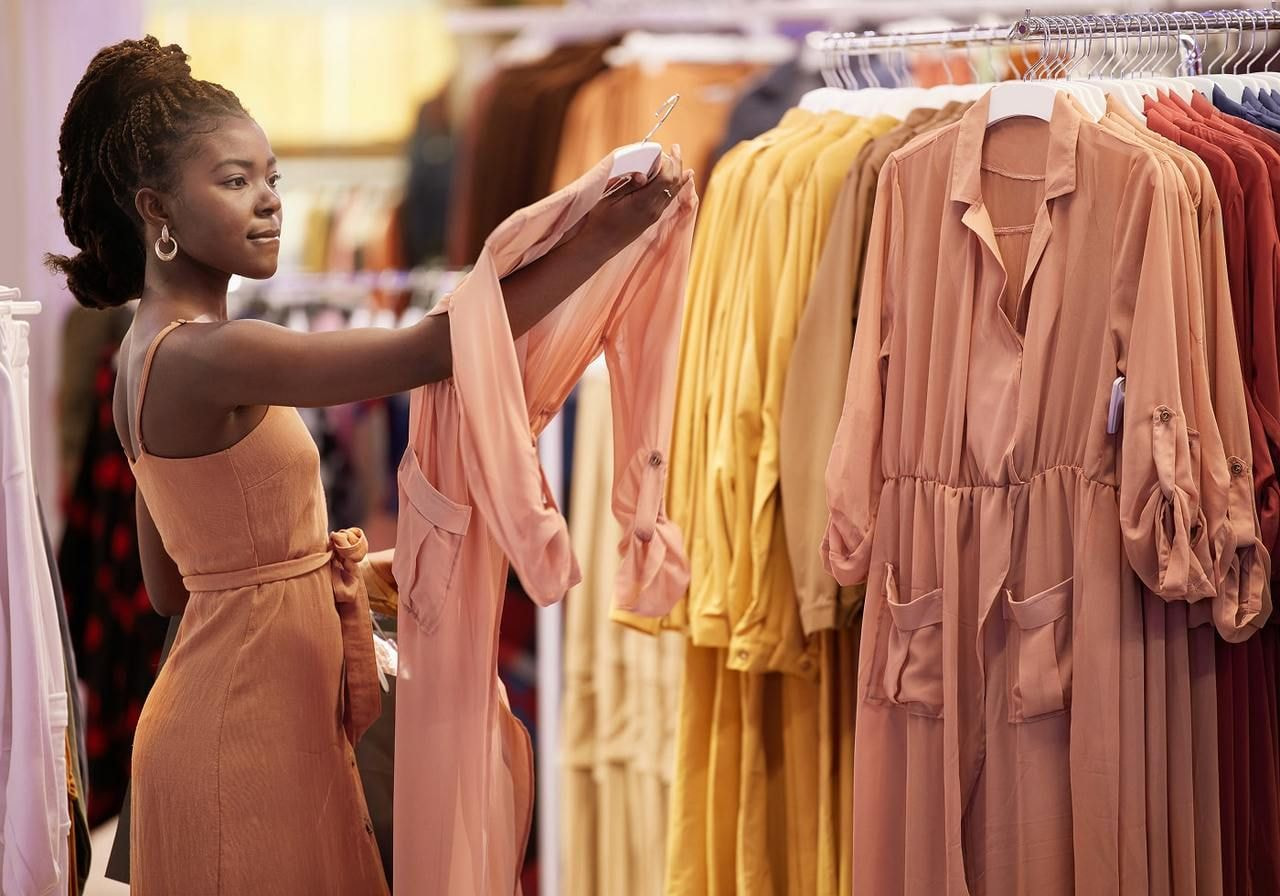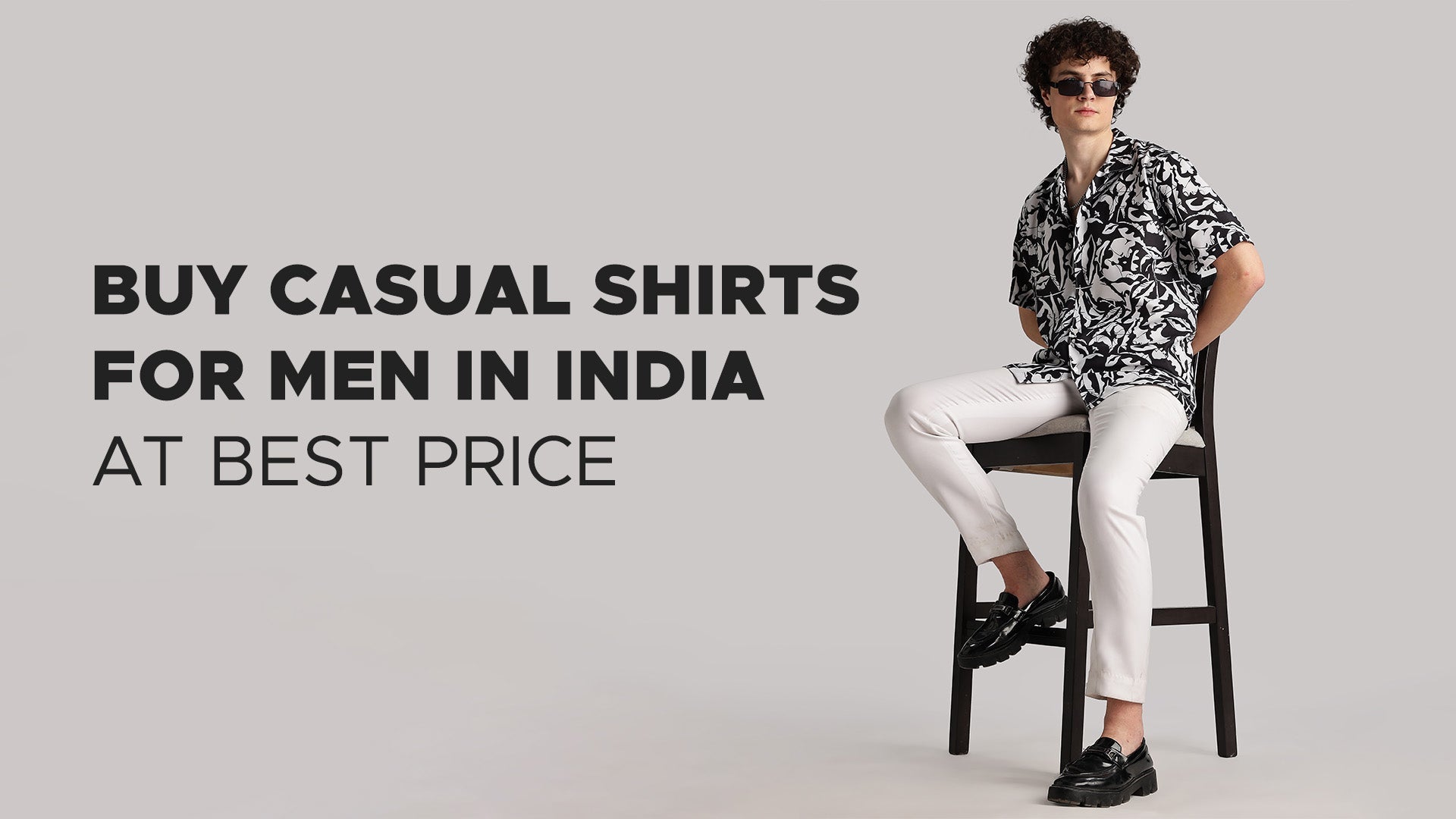6 Best methods for high-quality fabric printing
September 16, 2025 | by deven.khatri@gmail.com

Key things to consider when choosing a printing method

Fabric type
The type of fabric directly impacts how well inks bond and how the final print design looks and feels.
Some fabric printing methods work best on natural fibers, others only on synthetics. Choosing the wrong option can limit color vibrancy or durability.
-
Screen printing: Best for cotton and blends – versatile across textile printing projects.
-
DTG printing: Works on natural fabrics and blends, especially cotton.
-
Sublimation printing: Only bonds with polyester or other synthetic fabrics.
-
Heat transfer: Adaptable across many fabric printing surfaces, even non-textile items.
-
Discharge or resist (block printing): Limited to natural fibers like cotton.
-
DTF printing: Compatible with most fabric types, both natural and synthetic.
Design complexity
Complexity refers to the number of colors, fine details, or photographic effects in your artwork. Some printing methods handle detail effortlessly, while others favor bold, simple shapes.
-
Screen printing: Ideal for solid logos, line art, or limited colors.
-
DTG printing: Excels at intricate, full-color print designs.
-
Sublimation printing: Great for seamless, all-over imagery or patterns.
-
Heat transfer: Handles moderately detailed, multi-color designs.
-
Discharge or resist (block printing): Suited for simple patterns and artistic shapes.
-
DTF printing: Manages complex, high-color designs effectively.
Order volume
Volume influences cost-efficiency and turnaround time. Some traditional methods thrive in bulk, while digital printing is better for small runs.
-
Screen printing: High setup, but efficient for large orders.
-
DTG printing: Best for small to mid-size runs.
-
Sublimation printing: Practical for medium to large polyester orders.
-
Heat transfer: Affordable for short runs, slow for big batches.
-
Discharge or resist (block printing): Low scalability, suited to limited runs.
-
DTF printing: Flexible for both small batches and mid-volume orders.
Durability and feel

Durability measures how long prints last through wear and washing, while feel is about texture. Together, they define the customer’s perception of quality in fabric printing techniques.
-
Screen printing: Long-lasting with a slightly raised feel.
-
DTG printing: Soft finish, moderate durability.
-
Sublimation printing: Permanent, no added texture.
-
Heat transfer: Can crack or peel over time, finish may feel plasticky.
-
Discharge or resist (block printing): Very soft, natural finish with subtler tones.
-
DTF printing: Durable prints with a slight texture.
Cost and setup
Costs vary depending on setup, ink use, and scalability. Understanding this helps you measure profitability, whether you’re experimenting with other fabric printing methods or scaling in the textile industry.
-
Screen printing: Higher setup, but cost-effective in bulk.
-
DTG printing: Low setup costs, steady per-unit price.
-
Sublimation printing: Efficient when producing polyester garments at scale.
-
Heat transfer: Low entry cost, poor scalability.
-
Discharge or resist (block printing): Labor-intensive, not cost-efficient at scale.
-
DTF printing: Affordable setup, mid-range per unit cost.
Conclusion
Choosing among the best methods for high-quality fabric printing depends on your desired material, design complexity, and production scale. From digital printing for detail-rich art to dye sublimation for polyester, different printing methods have their own unique strengths.
If you’re ready to create and sell custom-printed apparel and accessories, Printful makes it easy with Print on Demand. Start today and bring your designs to life.
RELATED POSTS
View all



